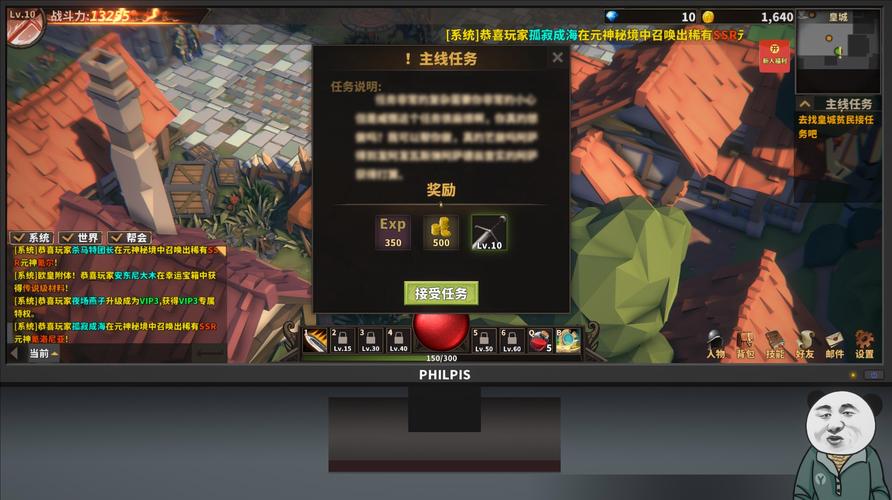Creating an online game is an exciting endeavor that combines creativity, technical skills, and a deep understanding of the gaming industry. Whether you’re a seasoned developer or just starting out, this guide will walk you through the process of creating an online game from scratch.
Choosing the Right Tools
Before diving into the development process, it’s crucial to choose the right tools for your project. Here’s a breakdown of some popular tools and their roles in the online game development process:

| Tool | Description |
|---|---|
| Unity | A powerful game engine that provides a wide range of features for 2D, 3D, VR, and AR game development. |
| Node.js | A JavaScript runtime that enables you to build scalable network applications using JavaScript. |
| Strapi | A headless CMS that allows you to manage your game’s content and API. |
| TypeScript | A superset of JavaScript that adds optional static typing to the language. |
Designing Your Game
Once you’ve chosen your tools, it’s time to start designing your game. This involves creating a game concept, defining the gameplay mechanics, and designing the user interface. Here are some key aspects to consider:
- Game Concept: Define the genre, story, and overall theme of your game.
- Gameplay Mechanics: Determine how players will interact with the game world and each other.
- User Interface: Design an intuitive and visually appealing interface that allows players to navigate the game easily.
Developing the Game
Now that you have a clear vision for your game, it’s time to start developing it. Here’s a step-by-step guide to help you get started:
- Set Up Your Development Environment: Install the necessary software and configure your development environment.
- Create the Game World: Use Unity to create the game’s environment, including landscapes, buildings, and other objects.
- Develop the Game Mechanics: Implement the gameplay mechanics you defined in the design phase.
- Build the User Interface: Design and implement the user interface using Unity’s UI system.
- Integrate the Backend: Use Node.js and Strapi to create a backend server that handles game logic, user authentication, and other server-side tasks.
- Connect the Frontend and Backend: Use TypeScript to connect the Unity game client to the Node.js backend server.
- Test and Debug: Test your game thoroughly to ensure that it works as intended and fix any bugs or issues that arise.
Marketing and Launching Your Game
Once your game is complete, it’s time to market it and launch it to the world. Here are some tips to help you succeed:
- Build a Website: Create a website for your game that includes information about the game, screenshots, and a download link.
- Use Social Media: Promote your game on social media platforms like Twitter, Facebook, and Instagram.
- Engage with Your Audience: Interact with your audience through forums, social media, and other channels to gather feedback and build a community around your game.
- Launch a Marketing Campaign: Create a marketing campaign to generate buzz around your game and attract players.
Conclusion
Creating an online game is a challenging but rewarding process. By following this guide, you’ll be well on your way to developing a successful online game. Remember to stay patient, persistent, and open to learning from your experiences.
